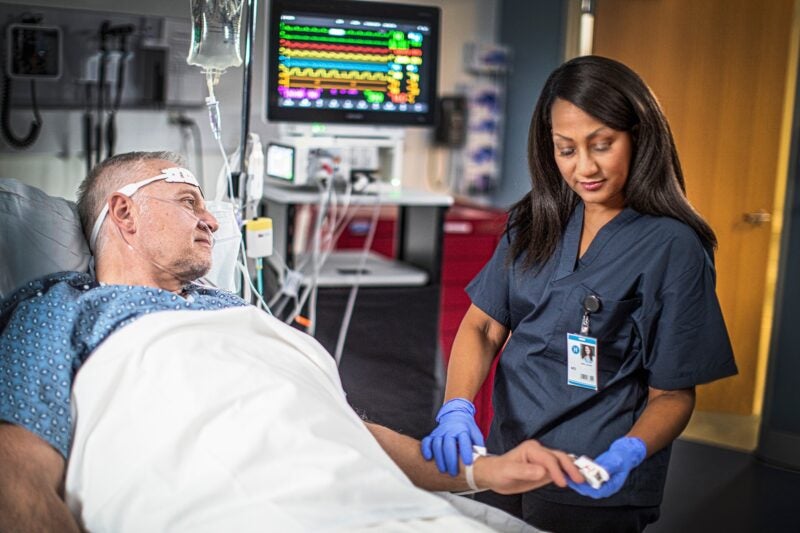
Royal Philips has received the US Food and Drug Administration (FDA) 510(k) clearance for its latest IntelliVue patient monitor software, designed for lowering patient monitoring alarm noise.
Available in the US and over 200 countries, the IntelliVue software features the Philips Sounds alarm package.
SenSound, a sound design group, and Philips collaborated to modify the alarm intervals and soften and round the alarm tones.
Both firms adjusted the alarm to a gentler signal status or request action using a calming and powerful collection of alarm sounds. These adjustments are intended to enhance the experience for both patients and caregivers.
Philips claimed that the new patient monitoring sounds with the IntelliVue patient monitor software can cut alert noise by up to 66%.
Additionally, the IntelliVue patient monitors will boost and transform the soundscape in healthcare facilities. It will also help advance the healing environment for patients as well as hospital staff.
The Dutch healthcare company and SenSound worked together on this software by gathering and implementing input from care providers and patients in alarm-heavy environments.
Philips hospital patient monitoring business leader Christoph Pedain said: “While alarms in acute care settings must be effective, they should be sensible, informative, and respectful of the surrounding environment and the people in it.
“Throughout the process, we asked for input from care providers, administrators, patients and their families who are exposed to these alarms regularly and leveraged powerful data to help improve the experience overall.”
In a separate development, the company received an FDA Class 1 recall for BrightView SPECT imaging systems.
The BrightView systems include BrightView, BrightView X, and BrightView XCT.
In December last year, Philips said that the system’s detector may descend in certain situations because of a potential component failure of a lead screw.
The FDA explained that the detector could collapse and cause cuts, bruises, lacerations, fractures, or other injuries if it is positioned below the centre of the system gantry. It may also interfere system’s normal operation.
Philips warned customers not to position a patient’s lower limbs directly beneath the detector below the middle of the gantry bore. The healthcare company may also schedule a field service engineer to visit the site to fix the system.






